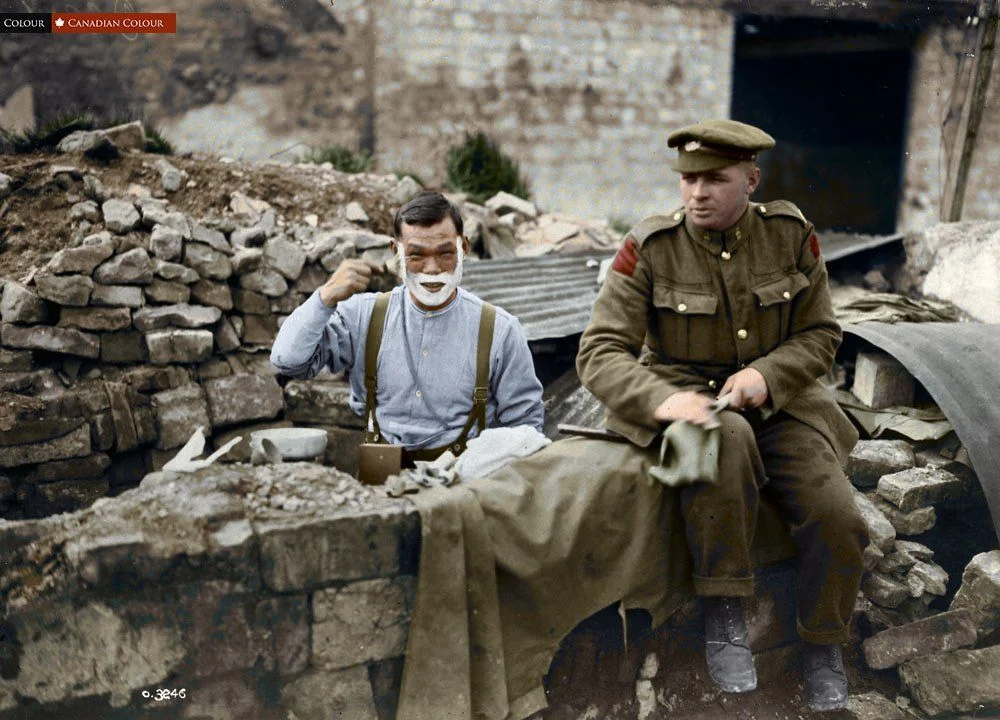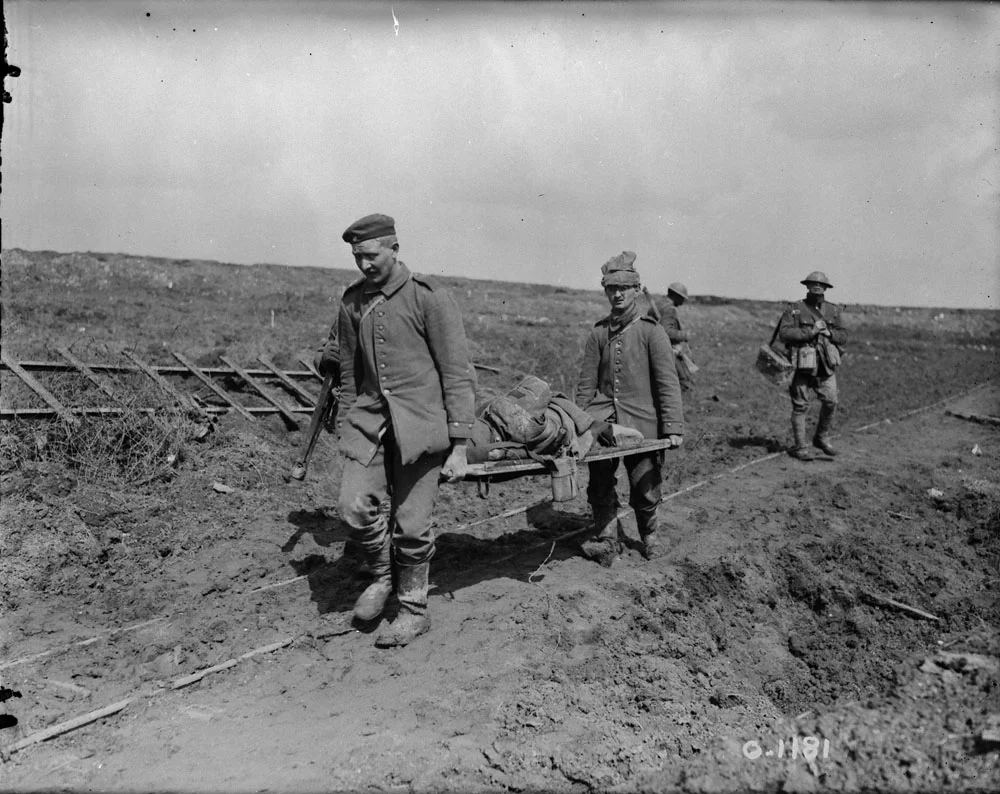The Final 100 Days: October 19, 1918 - Denain
/The advance continued. Canadian Forces continued to pour over the Canal de L’Escaut, towards German occupied Belgium and Northern France.
With Valenciennes serving as a orienting point, the 3 Canadian Divisions manning the front lines thrust forward. Over 40 communities fell into the hands of the advancing Corps - towns and villages that had been occupied since the beginning of the War. Chief amongst them was Denain, a huge industrial centre on the north bank of the Canal d L’Escaut.
Read More










